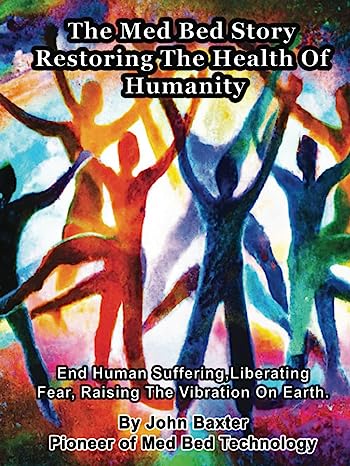Lucid dreaming, where dreamers are aware that they're dreaming and can potentially control their dreams, has fascinated cultures around the world for centuries. In recent years, the practice has caught the attention of biohackers who see it as a frontier for self-exploration and cognitive enhancement. This article delves into lucid dreaming techniques that can be integrated into your biohacking routine to not only improve your dream awareness but also enhance your waking life.
Understanding Lucid Dreaming
Lucid dreaming occurs during the REM (Rapid Eye Movement) stage of sleep, where the brain is almost as active as it is while awake. Lucid dreamers report abilities to manipulate their dream environments, leading to unique experiences that are impossible in the physical world. Beyond entertainment, lucid dreaming can be used for overcoming phobias, solving complex problems, creative inspiration, and personal therapy.
Techniques to Induce Lucid Dreaming
Biohacking lucid dreaming involves a combination of mental strategies, environmental tweaks, and possibly supplements to increase the chances of entering a lucid dream state. Here are several effective methods:
1. Reality Testing
- Frequent Checks: Regularly check whether you are dreaming throughout the day by trying to push a finger through your palm or reading a piece of text, looking away, and then reading it again. If you are dreaming, your finger might go through your palm or the text might change or be unreadable.
2. Mnemonic Induction of Lucid Dreams (MILD)
- Intention Setting Before Sleep: As you are falling asleep, repeat a mantra expressing your intention to remember that you are dreaming. For example, "Tonight, I will notice that I am dreaming." This plants the idea into your subconscious, which carries over into your dreams.
3. Wake Back to Bed (WBTB)
- Interrupted Sleep: Set an alarm to wake yourself up five hours after you go to sleep. Stay awake for about 20 minutes engaged in a quiet activity such as reading about lucid dreaming, then go back to sleep with the intention to become lucid.
4. External Stimulation
- Light and Sound Cues: Devices like lucid dreaming masks use subtle light or sound cues that do not wake you but can penetrate into your dreams. These cues can help trigger lucid awareness if you recognize them while dreaming.
5. Supplements
- Galantamine and Choline: These supplements can sometimes increase the vividness and recall of dreams, potentially making it easier to become lucid. They should be used sparingly and under medical advice, as they can affect neurotransmitter levels.
Optimizing Your Sleep Environment for Lucid Dreaming
- Comfortable Bedding: Ensure your sleep environment promotes uninterrupted sleep, as waking up frequently can prevent REM sleep and reduce the chances of lucid dreaming.
- Reduce Electronic Distractions: Minimize light and noise pollution from devices and external sources to maintain deep sleep stages.
Challenges and Ethical Considerations
While exploring lucid dreaming can be thrilling, it's important to approach it with balance. Excessive focus on lucid dreaming can disrupt natural sleep patterns and lead to sleep quality issues. Ethical considerations also arise regarding the use of technology and supplements to alter natural states of consciousness.
Conclusion: The Frontier of Dream Exploration
Lucid dreaming represents a fascinating intersection of dream science and biohacking. By applying these techniques, individuals can explore the vast landscapes of their subconscious minds, unlocking creativity, overcoming personal barriers, and gaining profound insights into their psyche. As you experiment with these methods, remember to respect your body's need for restful sleep and approach lucid dreaming as one component of a balanced, healthy lifestyle.




